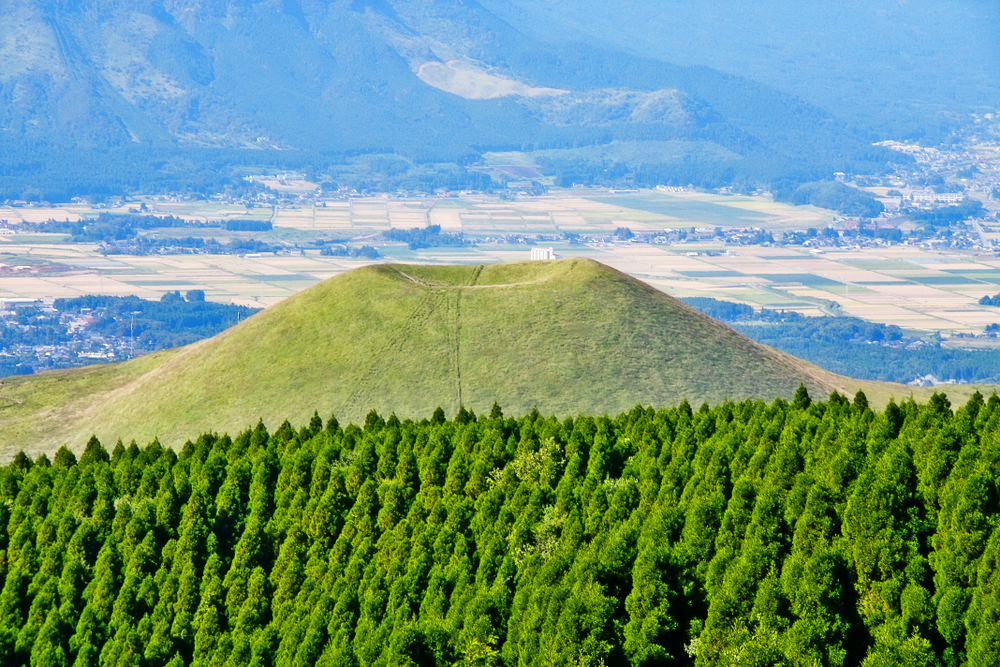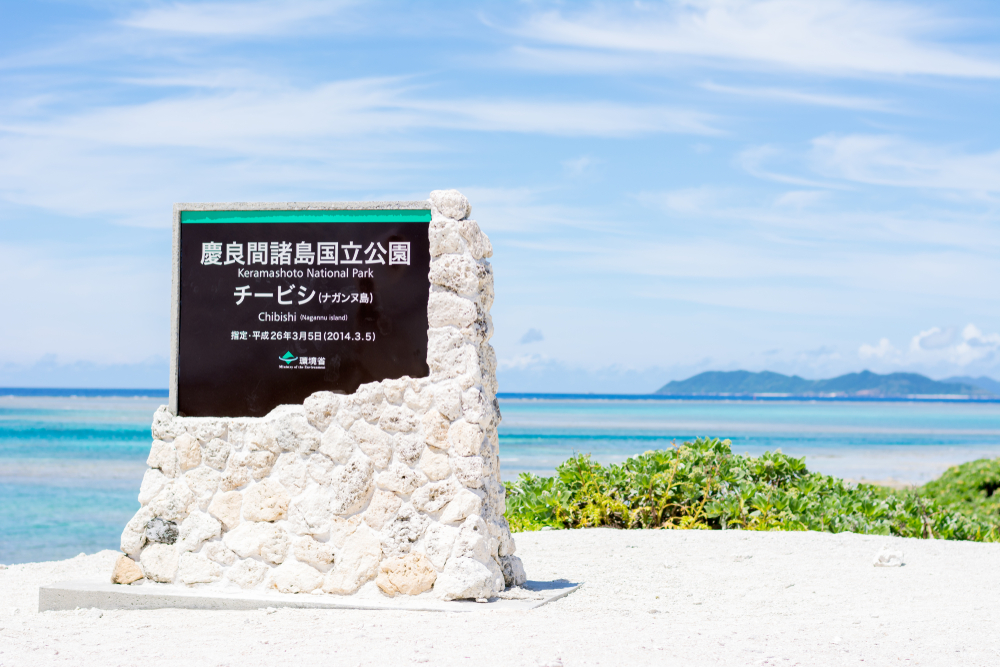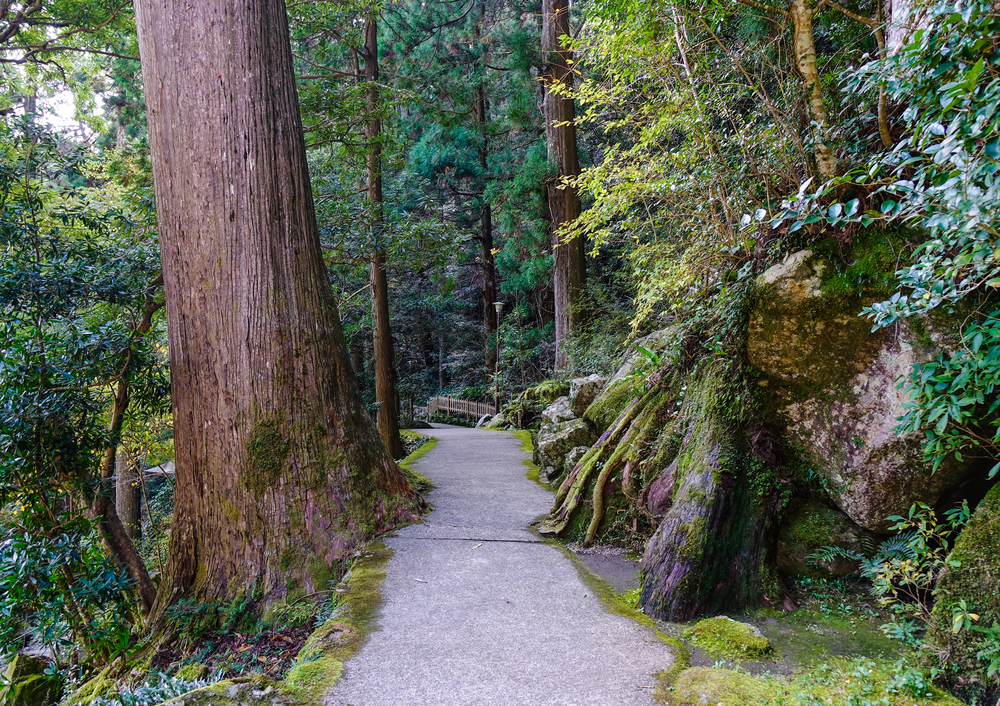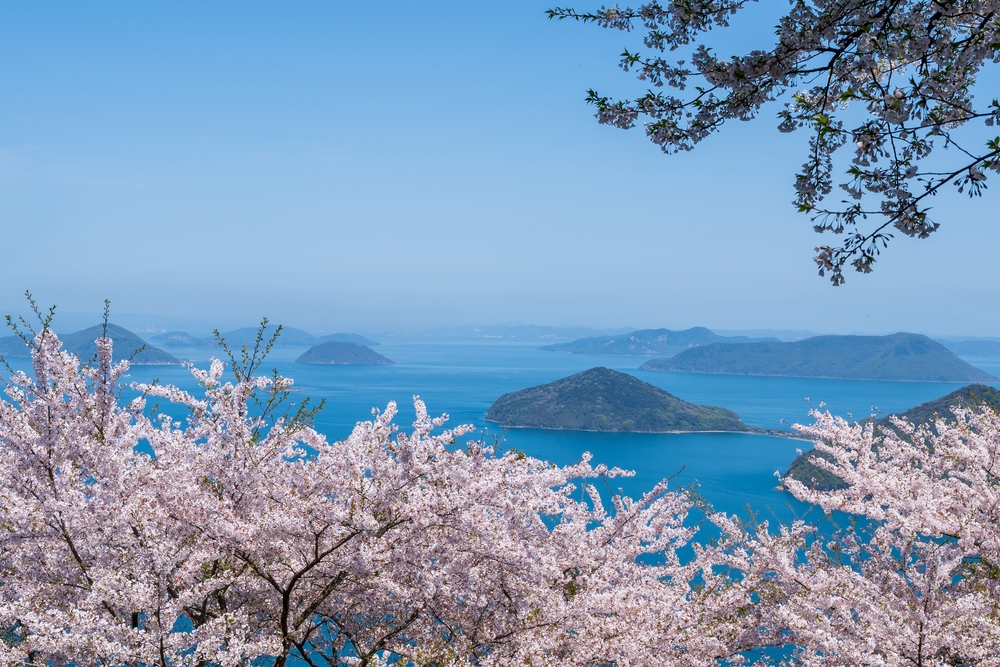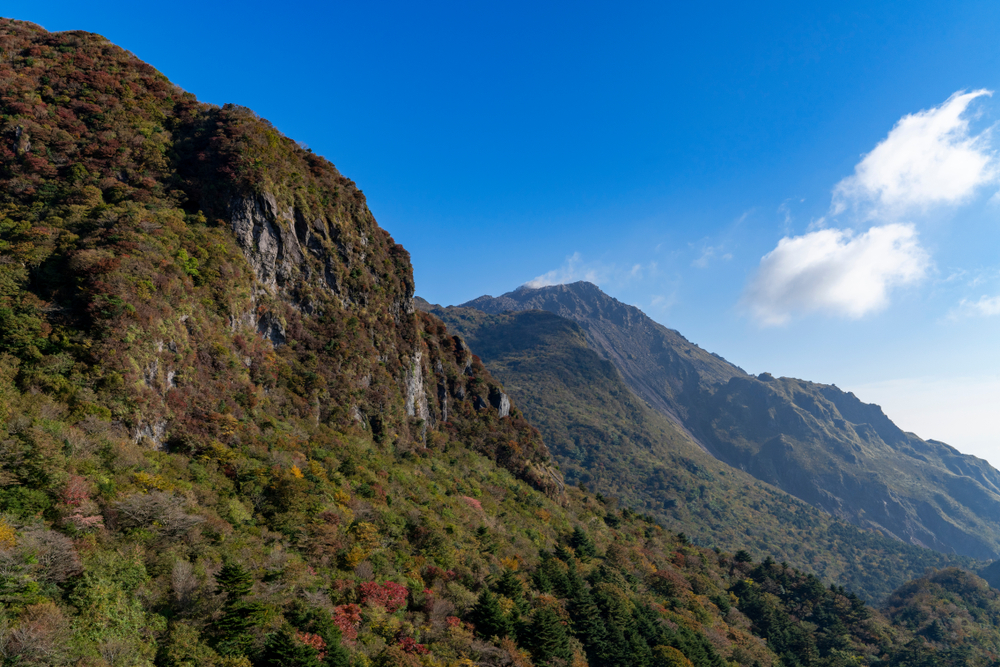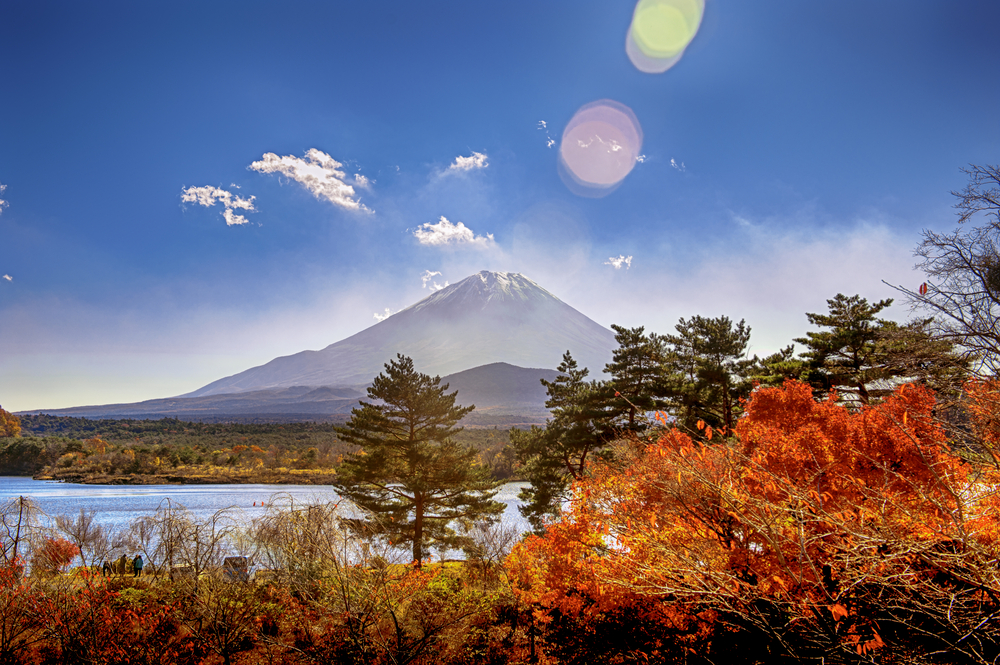Aso Kuju Overview
Aso Kuju National Park, known locally as 阿蘇くじゅう国立公園 (Aso Kujū Kokuritsu Kōen), is a sprawling expanse of natural beauty located on Japan’s Kyushu Island. Encompassing approximately 285 square miles (739 square kilometers), this national park is renowned for its dramatic volcanic landscapes, serene plateaus, and lush greenery. It stretches across Kumamoto and Oita Prefectures, featuring a diverse array of natural wonders, including the Aso Caldera, one of the largest active volcanic calderas in the world, and the Kujū Mountain Range, a haven for hikers and nature enthusiasts.
The terrain of Aso Kuju National Park is a remarkable blend of volcanic peaks, expansive grasslands, and dense forests. Mount Aso, the park’s centerpiece, is an active volcano with a steaming crater that attracts visitors seeking a firsthand experience of geological activity. The caldera surrounding Mount Aso boasts a vast grassland area known as Kusasenri, which provides a picturesque backdrop for leisurely strolls or horseback rides. Meanwhile, the Kujū Mountain Range features rugged peaks such as Mount Kujū and Mount Nakadake, offering panoramic views and challenging trails for avid trekkers. The park is also home to waterfalls like Tadewara Wetlands and thermal hot springs that underscore the dynamic forces shaping the land.
The park’s diverse ecosystems support an equally varied array of wildlife. Visitors can spot mammals such as Japanese serows, sika deer, and even the elusive Asiatic black bear in the more remote regions. Birdwatchers are drawn to the park for sightings of rare and endemic species, including the Japanese bush warbler and the majestic mountain hawk-eagle. The wetlands and forests are teeming with amphibians, insects, and smaller mammals, making it a biodiverse treasure trove for researchers and wildlife enthusiasts alike.
Aso Kuju National Park is celebrated for its unique attractions. The Mount Aso Ropeway provides an exhilarating aerial view of the volcanic crater, while the Kujū Flower Park dazzles with seasonal blooms that attract photographers and families. The Beppu Hot Springs, located on the park’s periphery, offer relaxation and a cultural touchpoint with Japan’s onsen tradition. For active explorers, the numerous hiking trails through the Kujū Range and the serene wetlands provide immersive experiences in nature.
Visitors can engage with the park through hiking, cycling, and guided tours that delve into its volcanic geology and natural history. Camping and eco-lodging are popular options, allowing for a deeper connection to the environment. Conservation initiatives within the park have focused on preserving its delicate ecosystems while balancing visitor access. Efforts to restore native vegetation and manage tourism sustainably have seen notable success, particularly in maintaining the health of its grasslands and protecting species habitats.
Despite its successes, the park faces challenges, such as mitigating the impact of increased tourism and addressing potential threats from volcanic activity. The dedicated management team continues to innovate solutions, ensuring Aso Kuju remains a pristine and accessible wonder for generations to come.








































































